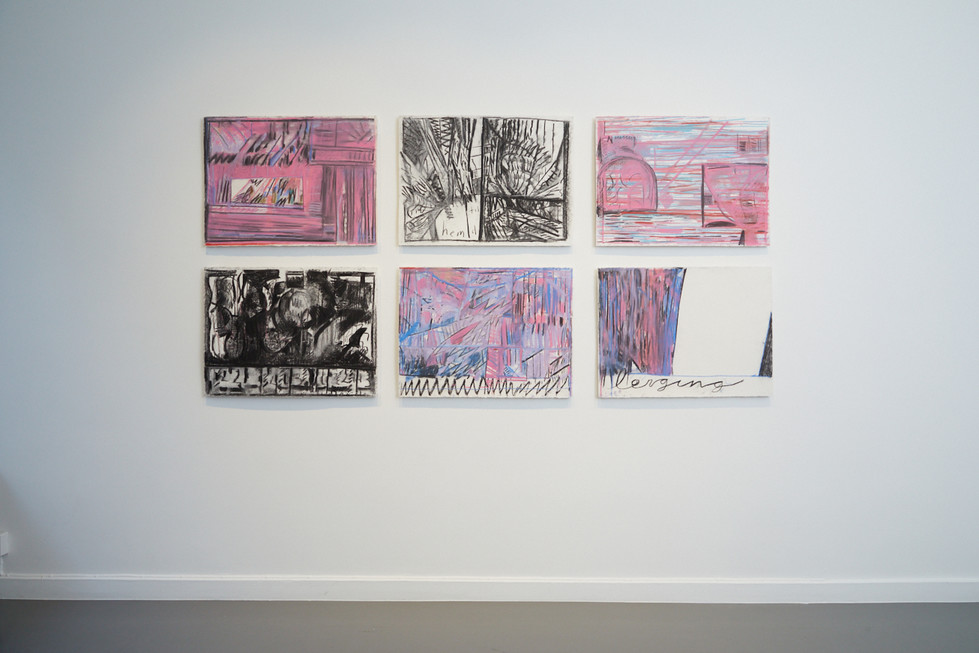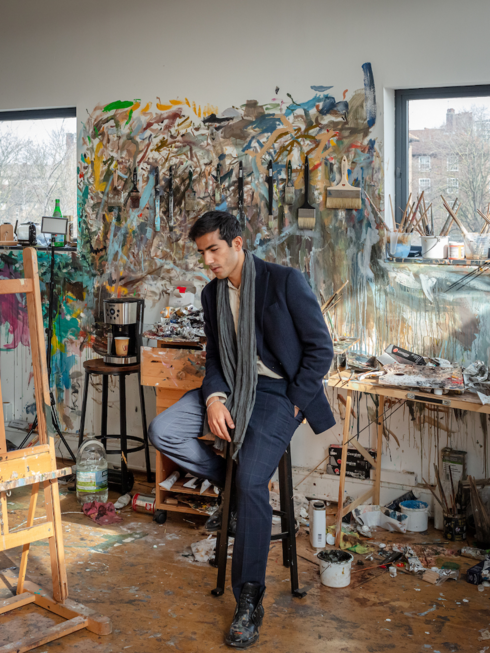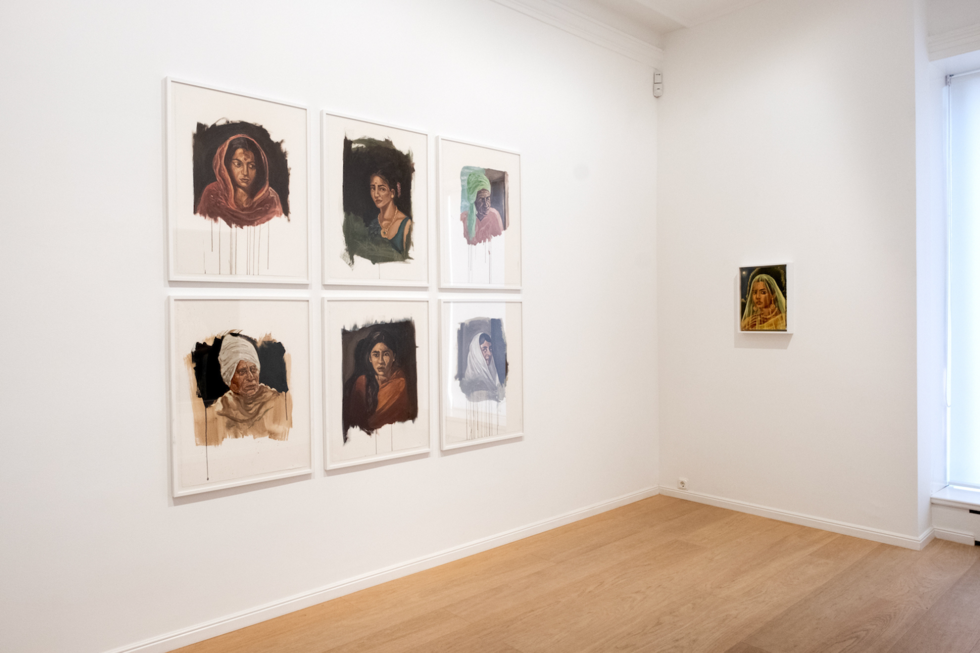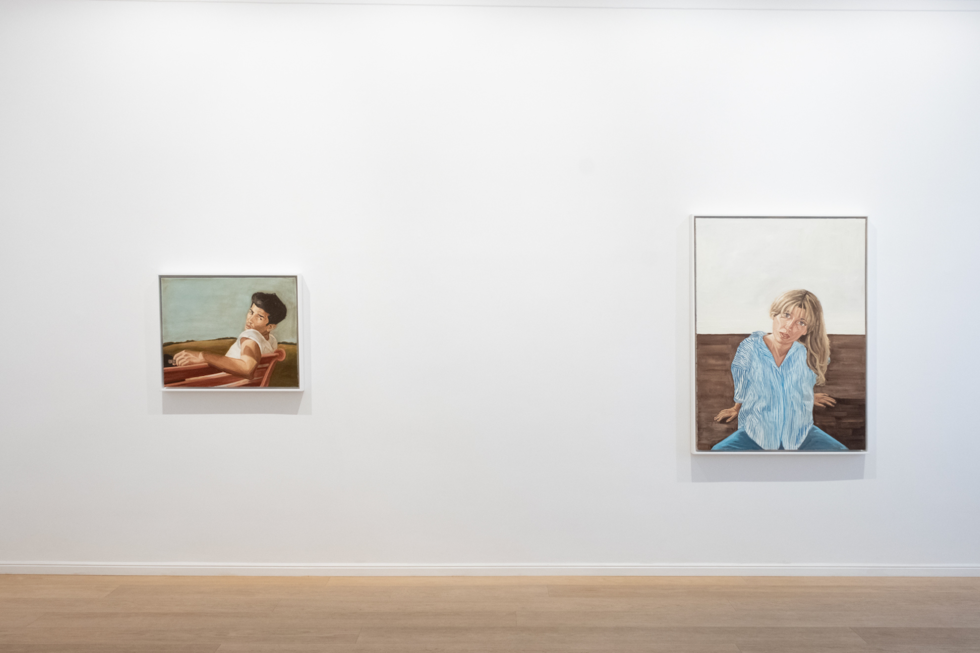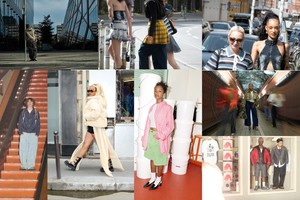From Fashion to Interiors: Designer Alice Crawley on Her Global Inspirations and New Collaboration with Layered
Written by Ulrika LindqvistIn this interview, we dive into the world of Alice Crawley, an interior designer with a rich background in fashion and a distinct global perspective. Alice’s journey has taken her from London’s Central Saint Martins to Hong Kong, Saigon, and now Notting Hill, where she runs her design studio. With over a decade of experience and a personal style deeply influenced by her time in Asia, Alice has recently partnered with the Swedish brand Layered to launch an exclusive collection. Here, she opens up about her path to interior design, her creative process, and the inspirations behind her unique collaboration with Layered.
Ulrika Lindqvist: Hi Alice, can you share how long you’ve been working as an interior designer and what inspired you to start your career in this field?
Alice Crawley: My background originally started in fashion design, where I worked for more than 10 years after studying at Central Saint Martins. For 6 out of those 10 years I ran my own label called Wondaland, and then decided to move over to interiors after having my second child whilst we were living in Hong Kong. I had been informally helping people with their homes for a year or so, and in 2017 decided to make it official. I have never looked back!
Interiors have always been a real passion of mine, and growing up as the daughter to an interior designer (mother) it was an easy transition for me…It honestly doesn’t feel like “work” and in that sense I feel incredibly lucky to be doing what I do. I think it’s a luxury to feel totally at home in your career, especially when it takes you away from your home and your kids.
I now have a design studio in Notting Hill with a wonderful team (we are 4 in total). It's been a journey to get here and I am very grateful to my clients and friends for placing their trust in me.
UL: Have there been any particular projects or events in your career that stand out as especially memorable?
AC: I remember having a real pinch-me moment with one of the biggest houses I decorated during my early years working in Hong Kong. The house was on the top of The Peak overlooking the harbour, surrounded by ancient trees and lush vegetation, a beautiful old colonial house that was home to the “Tai Pan” (or CEO) of one of the oldest British companies out there. I was asked to decorate the house from top to bottom, since this family had brought nothing with them from London, and it was lovely to have total creative freedom with one of the most beautiful and well-known houses in Hong Kong. The clients were such fun to work with, and very trusting. This was definitely one of those projects that puts you on the map.
More recently I have had the opportunity to work on some very special projects in my own neighbourhood of Notting Hill, and a particular one recently that felt truly exciting for my team and I to work on was this lovely family house on a communal garden. Almost all of the furniture we sourced for this house was antique or bespoke made, they didn’t want anything new or off-the-shelf which was a fun challenge for my team and I. For us, it was like looking for treasure, finding these incredible pieces and designing some very special items too that really made the whole house feel so exceptional and unique.
UL: Can you walk us through your creative process? Do you have any specific routines or practices that help spark your creativity?
AC: My creative process always begins with understanding the clients’ needs and preferences - what they are looking for from their home. Ultimately most clients come to you for your taste, but you want to make them feel like it’s them in the driving seat.
We often ask them to fill in a lengthy questionnaire which covers the relevant, and the seemingly irrelevant! Once we have nailed down the brief and are clear on what interior and architectural style we are going for, we usually provide a couple of different schemes for each space as a starting point and then develop these according to client feedback, adding more detail from there until we reach the happy place where everyone feels excited about the designs, and then it’s time to start executing! There are constant check-ins, and sometimes compromises to be made, during the next “main phase” of the renovation where the designs then start coming to life. One of the most rewarding parts of the process is after you’ve moved the clients into their home, and (if they allow it) we style it all up perfectly for the photoshoot which marks the finish line - where everything is looking exquisite, and more importantly, complete!
UL: What does a typical day look like for you as an interior designer?
AC: There isn’t really a typical day per say as I think we are generally on the move quite a lot, whether it’s sourcing or on site meetings but on quieter days I would say that a typical day starts at our studio in Notting Hill with a team meeting and then each of us splinters off into whatever area we are working on that day. We are constantly heading to the Design Centre or Pimlico Road to source furniture, fabrics and antiques and then diving off to see particular pieces or a quick antique fair of which there are many here in the UK.
UL: How did your partnership with Layered come about, and what has that collaboration been like?
AC: I was approached by Layered this time last year to discuss collaborating on a collection of rugs, which was a great honour as I’m a big fan of this super cool Swedish brand. It’s not the first time I’ve been asked to do a collab of this kind, I guess I’ve been waiting to find the right partner to work with and feel I have found this in Layered.
UL: You frequently work with bamboo. What is it about this material that draws you back to it for your designs?
AC: On the one hand I have a nostalgic feeling about bamboo and faux bamboo furniture having grown up a lot around this kind of furniture, and then later on in life whilst living in Asia where bamboo is literally used to make everything - they even use it as scaffolding to build skyscrapers..!
UL: Your collection for Layered is inspired by your experiences in Asia. Could you share more about that time in your life? What led you there, and what lessons or inspirations did you bring back with you?
AC: I moved out to Asia when I was 21 years old, and spent a very happy, crazy life out there for the next 14 years. Hong Kong has a fast pace of life - its work hard / play hard - which suited me perfectly in my twenties..! I especially enjoyed the 4 years I spent living in Saigon, Vietnam - this is where I felt the real magic of living in such a different place to where I was from. I used to ride between my home and studio on a bamboo bicycle..! A lot of the friends I made during this time were furniture designers and that’s when I really started drawing inspiration from the design and style of interiors and furniture out there.
UL: Looking ahead, what’s next for you? Are there any specific projects or goals you’re particularly excited about?
AC: Our style of work is very much year by year / project based and it’s always about what’s next! We have a couple of really exciting new projects we are working on right now, and whilst covering those I am also broadening my furniture collection to offer some interesting new in-house products. Longer term, I would like to keep growing the product side of the business, work on a couple of beautiful private residential projects a year as well as some interesting commercial projects too. And somehow keep the work-life balance with 4 kids at home..!








